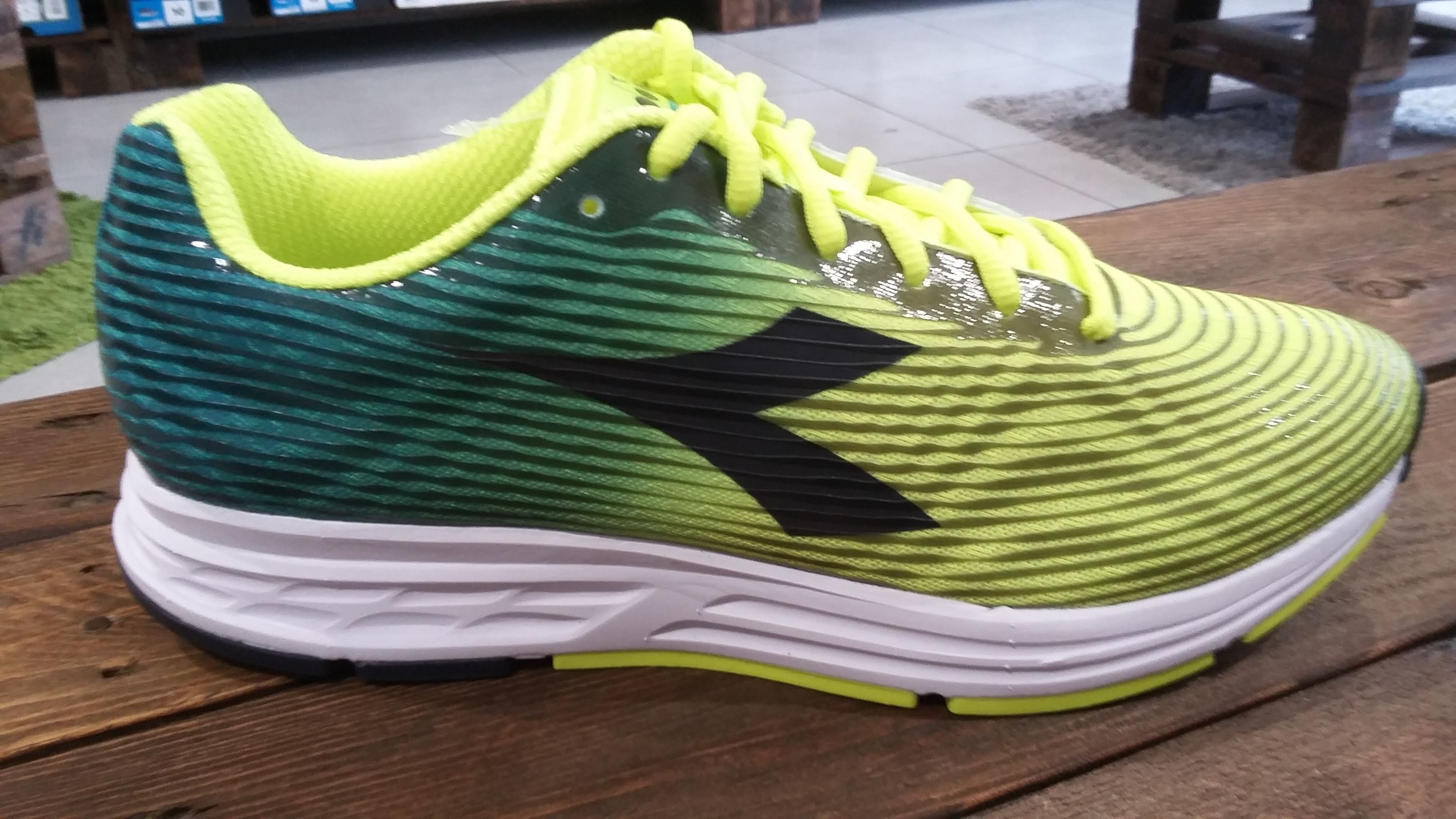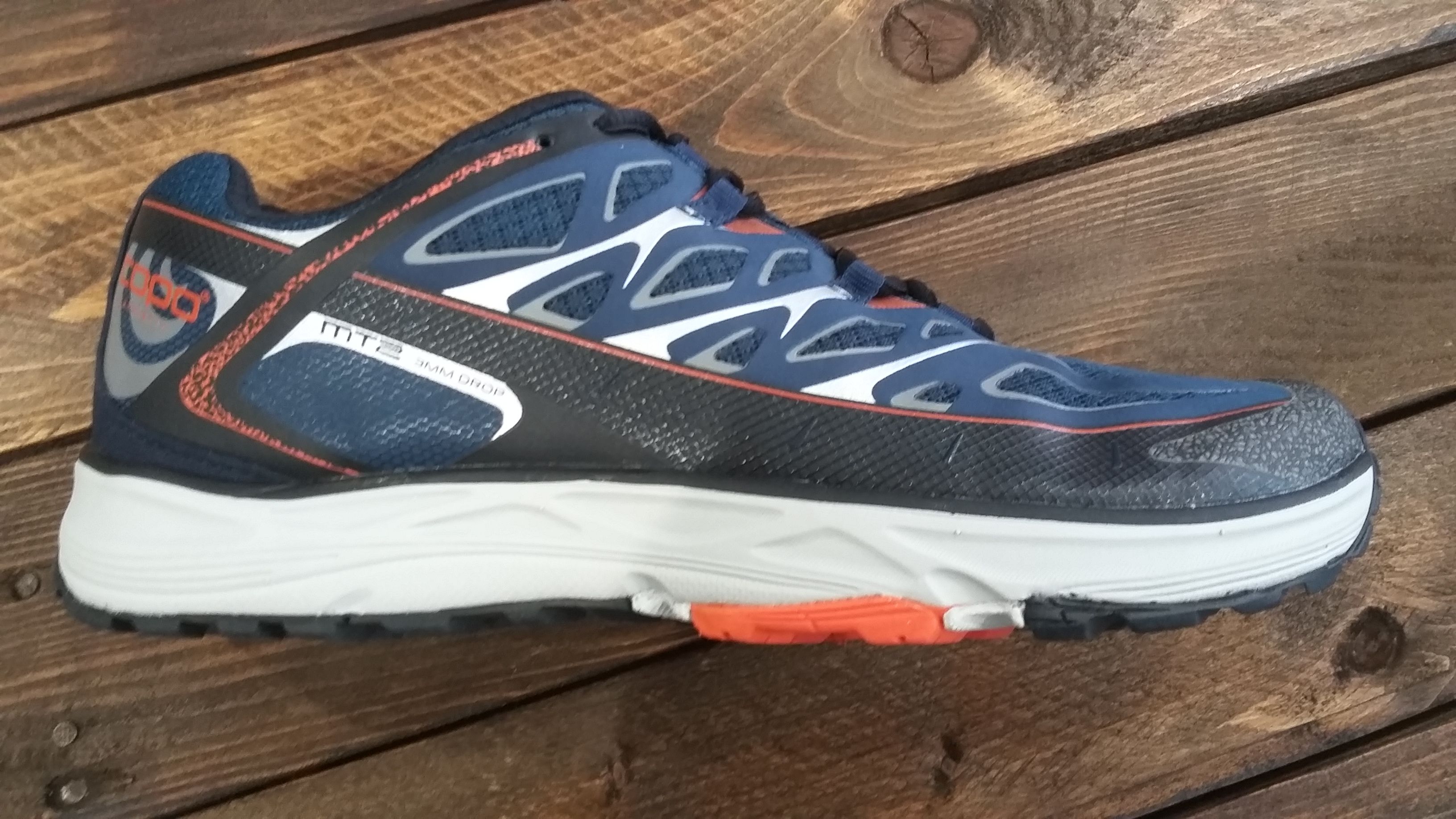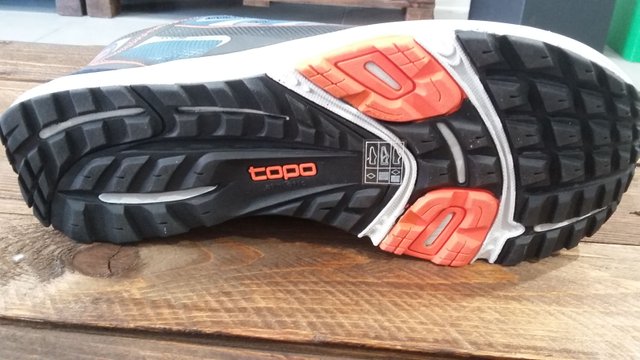Differents kind of shoes by @runningproject
Running shoes are not made equal, there are different differentiation criteria, which have changed over the years. Until recently, stable, protective, intermediate and competition shoes were defined, meaning different degrees of cushioning and movement control.
There was the period in which classifications marked by the letter A were used followed by a number, starting for the technical running shoes from the A4, the most structured and consistent, going down for the A3, the classic comfortable training shoe, touching the A2, the multipurpose shoe (from training for the champion and from the competition for the amateur), up to the very fast and for a select few A1, the famous racing flat shoes with low cushioning and very low midsole.
Recently, the main distinction used is that between the racing shoes and the training shoes, with a clear majority and diffusion in favor of the latter, since the sales volumes are decidedly higher for the training shoes.
Among the training shoes you can highlight further subdivisions, as we can have neutral shoes and anti-pronation shoes.
The neutral shoes are those that have no degree of control of the movement, that is, they do not make correction to the running biomechanics of the runner who uses them, and represent the best-selling type of footwear.
The anti-pronation shoes (in a next post we will also talk about pronation) are shoes that have inside them supports to limit the breakdown of the foot and the leg inward, and thanks to these supports we try to control the degree of excessive pronation, by means of contrast.
A sub-distinction of the anti-pronation shoes are the guidance shoes, and this term is used for products that have a just mentioned support, not as 'invasive' as in the anti-pronation shoes (also called support), but neither totally neutral: they are a compromise between the two macro categories, and are indicated in cases where you are not sure of the ground support of your foot, so you opt for the classic middle way.
Lately it is rapidly spreading another term of distinction for running shoes, the drop, that is the difference, expressed in millimeters, between the height of the midsole of the heel and the height of the midsole to the forefoot, defining as footwear traditional ones that have a drop around 10 millimeters, while in the case of heights from 5 millimeters up to 0 we speak of shoes that are inspired by the 'Natural Runnig', or Barefoot running studios, capable of giving more instinctive sensations .
Before proceeding with the next articles, it may be useful to clarify some small term commonly used when it comes to running shoes, especially for new followers of the race.
The shoe is equipped with a sole, which is the tread of the shoe, the part that is in contact with the ground, which can be more or less clawed or flat, accentuated grooves are used in running shoes on rough terrain, while more profiles Basses are used in racing shoes.
Above the sole we have the midsole, the part designed to absorb the impact of the impact with the ground, where also reside the additional cushioning elements of the shoe (Asics Gel, Nike Air, Saucony PowerGrid etc.etc.).
The buttress is the back of the shoe, which wraps and contains the heel and is equipped with a shell to hold the foot better.
Then there is the upper of the shoe, which must be of breathable synthetic material, to facilitate the transfer of heat, produced by the movement of the race from the foot to the outside.
Finally we have laces, which are used to ensure the final locking of the foot inside the shoe.
From next week we will start to go into more specific aspects, Good Race to All !!
Photos of my property
For more information about the @runningproject please read ''The Steem Running Project: Introductory Post'' and also ''The Steem Running Project: Growing!!!! 5th Status Report''.
Post created by @mad-runner as assigned Running Clothes Adviser of @runningproject

.jpg)
You have been upvoted for free by new voting account @getpromoted and other associated accounts.
Send a donation of SBD or STEEM & a memo for future upvotes.
Useful post, I look forward to more of these. Especially since I run on different terrains and I'm planning to do a marathon in the end of the year. My preferred shoes are the Asics Kayano & GT models, with a preference for the kayano, but I find them less suitable for the forrests. On the other hand I have trail shoes, but I don't like running on them on asphalt, so I'm a bit stuck. I look forward to more of these posts.
I tried a pair of Brooks in a store once and despite them being extremely comfortable, I'd never heard of them nor did they look nice, so I settled on the Asics again.
Thank you, dear @wolfje, for your welcome comment.
In my opinion, you must use the trail shoes only for forrest or earth, and Asics Gel Kayano or GT for the asphalt.
Brooks is a good brand, and have, like anti-pronation shoes, Adrenaline that is a very controlled shoes, you must think that in USA, Asics and Brooks are the best-selling brands like running shoes.
Anyway i think that yours Asics Gel Kayano and GT are two of the best shoes of this sector.
For everything, i'm at your arrangement, have a nice day!!
My difficulty is that when I run on Sundays, my course is about 60% forrest/earth/path and 40% asphalt, so I really need a shoe that is 50%/50% and that's something I haven't found yet. Like you said the Asics are perfect for normal running and the Adidas are perfect for path, but both disturb me when I'm switching terrain and unfortunately it's not something I can avoid where I live.
When will be time to change your shoes, i can advise you for these 2 kind of shoes: Brooks Cascadia, that is a trail shoes but can make also some km on asphalt, or there is also another new brand, named Topo Athletic MT2, with a drop of 3 mm, wide plant, and a sole with a tread that can be good for each surface.


Thank for your comment, @wolfje
Thanks, I'll look into those. I still have a lot of time as all my shoes (4 pairs) are relatively new, one never used yet, so I can do some distances on them. I'll have to see if they sell them over here in Switzerland, I'd never buy new running shoes without having tried them before.
Right, dear @wolfje, shoes always have to be tested by a trusted retailer, because the sensations that make to the foot are essential for a feeling of foot/shoe, for anything you need, i'm at your disposition
Thanks a lot! I appreciate that.
It is amazing how many different types of shoes are out on the market, so I definitely look forward to learning a little more about what makes them unique. Thanks for a great post @mad-runner!
Today there are many differents kind of shoes and many brands that produce great products for running, the task of a seller running shoes is to advise the athlete for buy the best shoes for specific case, and to provide a full service of assistance, thank you for your comment, @plantstoplanks
You know, I'm a new followers of the sofà (no race - I do not play any sport anymore). but I thank you for the post, because I feel the passion you have for this subject👍
Many thanks, dear etn0, i wanna reply in our language, but here we must speak in english, so thank you again for yours beautiful words for my work!!